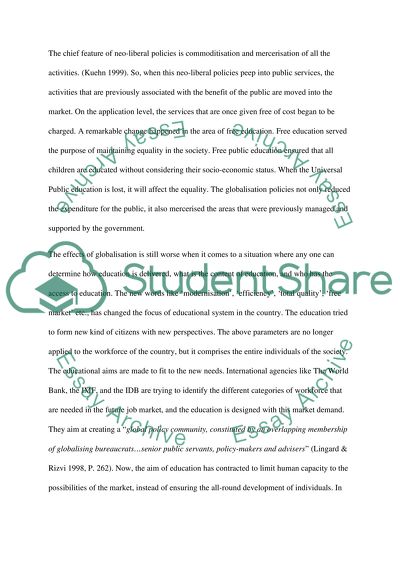Cite this document
(“UK and American Educational Systems Essay Example | Topics and Well Written Essays - 4000 words”, n.d.)
UK and American Educational Systems Essay Example | Topics and Well Written Essays - 4000 words. Retrieved from https://studentshare.org/education/1530193-uk-and-american-educational-systems
UK and American Educational Systems Essay Example | Topics and Well Written Essays - 4000 words. Retrieved from https://studentshare.org/education/1530193-uk-and-american-educational-systems
(UK and American Educational Systems Essay Example | Topics and Well Written Essays - 4000 Words)
UK and American Educational Systems Essay Example | Topics and Well Written Essays - 4000 Words. https://studentshare.org/education/1530193-uk-and-american-educational-systems.
UK and American Educational Systems Essay Example | Topics and Well Written Essays - 4000 Words. https://studentshare.org/education/1530193-uk-and-american-educational-systems.
“UK and American Educational Systems Essay Example | Topics and Well Written Essays - 4000 Words”, n.d. https://studentshare.org/education/1530193-uk-and-american-educational-systems.


